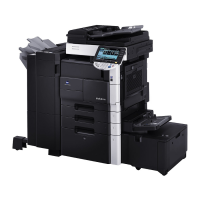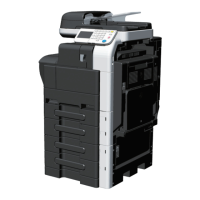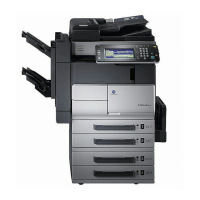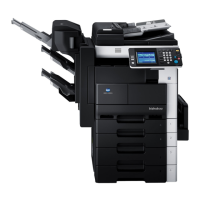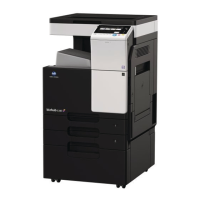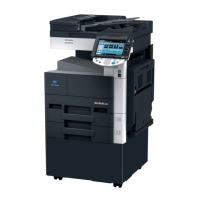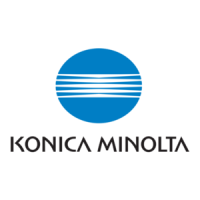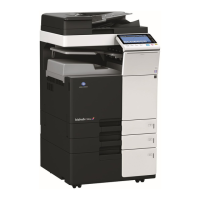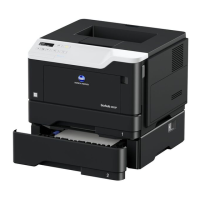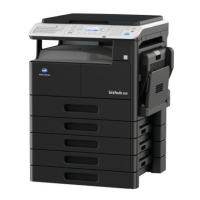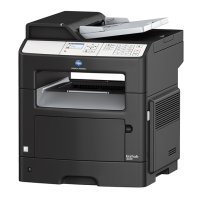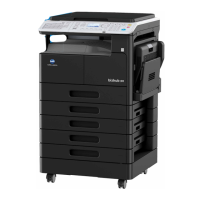How to clear an error code on Konica Minolta All in One Printer?
- JJessica SmithAug 6, 2025
If an error code appears on your Konica Minolta All in One Printer, attempt to clear the error by following the instructions displayed on the screen. If the error persists, contact your service representative and provide them with the error code.
